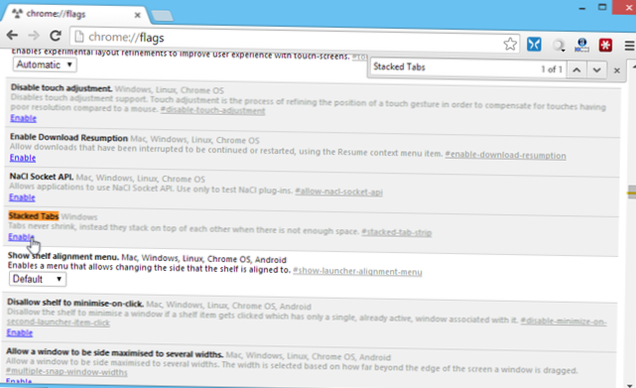List:
- command > output.txt. The standard output stream will be redirected to the file only, it will not be visible in the terminal. ...
- command >> output.txt. ...
- command 2> output.txt. ...
- command 2>> output.txt. ...
- command &> output.txt. ...
- command &>> output.txt. ...
- command | tee output.txt. ...
- command | tee -a output.txt.
- How do you put the output of a command into a file in Linux?
- How do you write the output of a command to a file?
- How do I display output in Linux?
- How do I redirect a Linux error to a file?
- How do I export a file in Linux?
- How do I run a file in Linux?
- Which command can be used to send the output of a command to both stdout and a file?
- Is stderr a file?
- How do I get output in terminal?
- How can I see the output of a shell script?
- What is the output of cat file txt?
How do you put the output of a command into a file in Linux?
To use bash redirection, you run a command, specify the > or >> operator, and then provide the path of a file you want the output redirected to. > redirects the output of a command to a file, replacing the existing contents of the file.
How do you write the output of a command to a file?
Double Right Angle Sign (>>) It is used to write the output of bash commands to a file, appending the output to the existing contents of the file. If the file is not present, it creates a new one with the specified name. Technically, both of these operators redirect "stdout (the standard output)" to a file.
How do I display output in Linux?
Echo is the most important command that you need to know in order to output text on the terminal. As the name itself suggests, echo displays number or string on standard output in the terminal. It also has a number of options available as shown in the table below.
How do I redirect a Linux error to a file?
2 Answers
- Redirect stdout to one file and stderr to another file: command > out 2>error.
- Redirect stdout to a file ( >out ), and then redirect stderr to stdout ( 2>&1 ): command >out 2>&1.
How do I export a file in Linux?
Syntax:
- Example1: The export command without any argument.
- Example2: Display all exported variable on current shell.
- Example3: Using export with functions.
- Syntax:
- Example4: Assign a value before exporting a function or variable:
- Example5: Set vim as default editor:
- Example6: Set an environment variable.
How do I run a file in Linux?
Steps to write and execute a script
- Open the terminal. Go to the directory where you want to create your script.
- Create a file with . sh extension.
- Write the script in the file using an editor.
- Make the script executable with command chmod +x <fileName>.
- Run the script using ./<fileName>.
Which command can be used to send the output of a command to both stdout and a file?
Which command can be used to send the output of a command to both stdout and a file: ls | tee /tmp/output.
Is stderr a file?
Stderr, also known as standard error, is the default file descriptor where a process can write error messages. In Unix-like operating systems, such as Linux, macOS X, and BSD, stderr is defined by the POSIX standard. Its default file descriptor number is 2. In the terminal, standard error defaults to the user's screen.
How do I get output in terminal?
List:
- command > output.txt. The standard output stream will be redirected to the file only, it will not be visible in the terminal. ...
- command >> output.txt. ...
- command 2> output.txt. ...
- command 2>> output.txt. ...
- command &> output.txt. ...
- command &>> output.txt. ...
- command | tee output.txt. ...
- command | tee -a output.txt.
How can I see the output of a shell script?
Shell tracing simply means tracing the execution of the commands in a shell script. To switch on shell tracing, use the -x debugging option. This directs the shell to display all commands and their arguments on the terminal as they are executed.
What is the output of cat file txt?
The output is the contents of the 1st file, followed by the contents of the 2nd file. You can give cat many files and it will concatenate (combine) all of them.
 Naneedigital
Naneedigital



